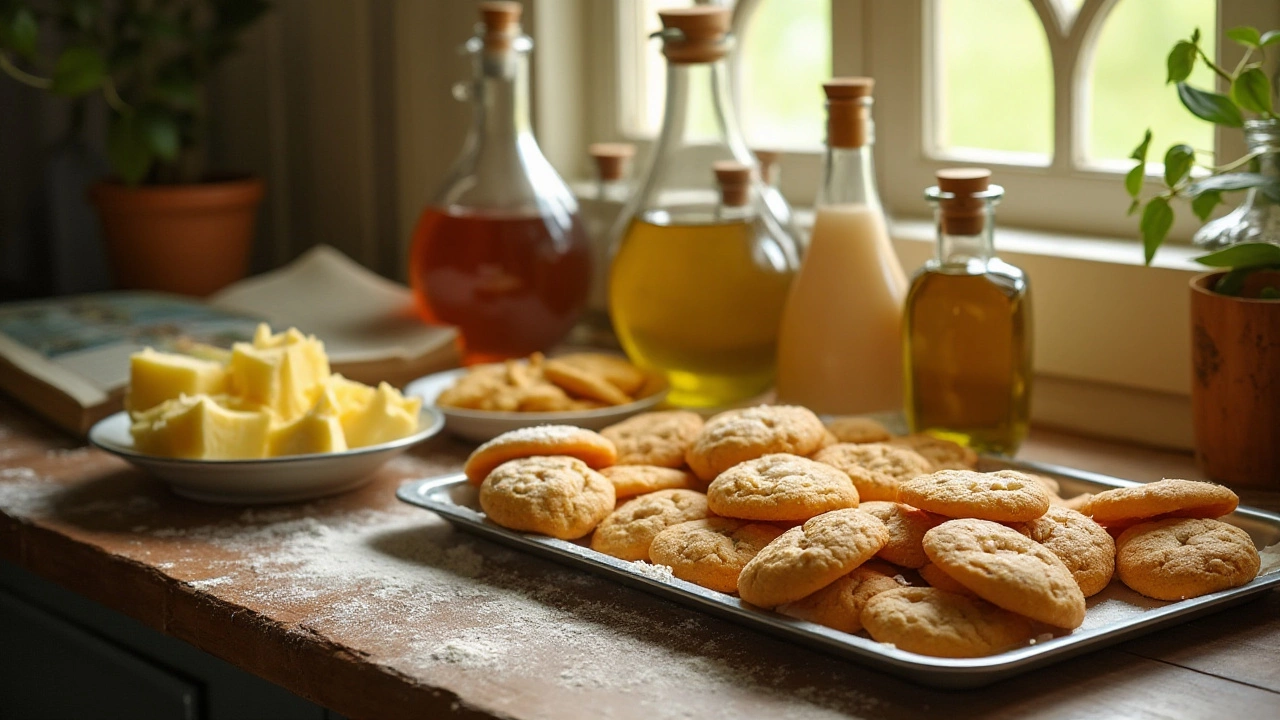
Baking cookies often brings back cherished memories, with their unmistakable aroma filling the kitchen. But when it comes to choosing the perfect fat for your cookie dough, the decision isn't always that clear-cut. Traditionally, butter has claimed the spotlight, known for its rich flavor and familiar creaminess.
However, oil has started gaining traction among bakers looking for softer textures or dairy-free options. Both ingredients hold their unique advantages and bring distinct qualities to the cookies you bake. It's intriguing to consider how these choices shape not only the flavor but also the overall texture and shelf life of your homemade treats. Let's dive into this delightful dilemma and explore the effects of each ingredient on your baking experience.
- The Role of Fats in Baking
- Butter: The Traditional Favorite
- Oil: The Modern Choice
- Tips for Baking with Butter or Oil
- Deciding Which Fat to Use for Your Cookies
The Role of Fats in Baking
Fats are the unsung heroes of baking, quietly but profoundly influencing the texture, flavor, and overall enjoyment of our favorite baked goodies. In cookie making, fats like butter and oil bring their unique characteristics to the table, playing a pivotal role in how cookies turn out. When integrated into the dough, these fats become tiny bubbles or layers, contributing to everything from flakiness to tenderness. Their purpose is multifaceted; they help create the light, airy structures in pastries or lend the delectable gooeyness that makes cookies irresistible.
When you blend fat into your flour, it coats the proteins, thereby inhibiting gluten formation—a key factor in determining a cookie's texture. Less gluten means softer cookies, while more allows for chewier or denser results. This is especially relevant in the debate of homemade cookies made with butter versus oil. Butter tends to create thicker, more cake-like cookies due to its water content which steams out, helping the cookie rise. On the other hand, oil, being liquid at room temperature, generally results in a flatter, more spread-out cookie that retains moisture, staying soft for longer periods, even when stored.
Beyond structuring, fats like butter bring an unmistakable richness and flavor to baked goods. That's why any deviation from butter in a recipe often leads to a noticeable difference in taste and aroma. However, oil can add its own subtle hints, particularly if you choose infused or nut oils, bringing a totally new dimension to the classic cookies we love. As the legendary cookbook author James Beard once noted,
"Good bread is the most fundamentally satisfying of all foods; and good bread with fresh butter, the greatest of feasts."The same could be said about cookies and the fats that elevate them from simple sweets to beloved treats.
Fats not only add texture and flavor, but they also act as a preservation agent. By providing a moisture barrier, fats slow down staling, offering home bakers the luxury of enjoying freshly baked cookies for days or even weeks. It's worth noting that the choice between using butter or oil can affect how long your cookies stay fresh, with oil typically prolonging the freshness slightly more due to its moisture-retaining properties.
Butter: The Traditional Favorite
Butter, a staple in many kitchens, has been a beloved ingredient in cookie recipes for generations. Its rich flavor and creamy texture often make it the go-to for creating classic homemade cookies. The natural fats present in butter contribute to its irresistible taste, which enhances the sweetness and mouthfeel of the baked goods. Crucially, butter offers more than just flavor; it provides structure and leavening to cookies, influencing their final shape and texture.
When you melt butter into your cookie dough, its water content transforms into steam and influences the texture of the cookies, potentially making them soft or chewy, depending on how it is used. The solid fats in butter are vital for achieving a crisp edge and tender middle—characteristics every cookie lover can appreciate. Traditionally, like in a delectable chocolate chip cookie, butter's ability to achieve this balance is unmatched. As noted baker Dorie Greenspan once said, "Butter is the kitchen's greatest magic wand."
"Butter can make anything you bake better simply by elevating it. Its beautiful, creamy texture is a testament to its power."
Moreover, using butter imparts a delicious aroma that no other baking fat can match. The captivating scent wafting through the house as cookies bake in the oven is partly due to the Maillard reaction—an essential process for browning. This aroma is not just about enticing noses but also contributes deeper caramel-like notes to the final product. Additionally, butter's versatility in baking has seen it complement various flavors, from chocolate and nuts to vanilla and spices, making it an ideal choice for a wide array of cookie recipes.
In terms of practicality, butter's easily recognizable form and familiarity make it a favorite. While some bakers might worry about its perishability compared to oil, storing butter properly ensures its lasting freshness. It is also worth noting that salted and unsalted butter can deliver different results, with unsalted offering more control over the sodium levels in your recipe. With butter, you can craft not just cookies rich in taste but ones rich in nostalgia, too—a true embodiment of homemade goodness.
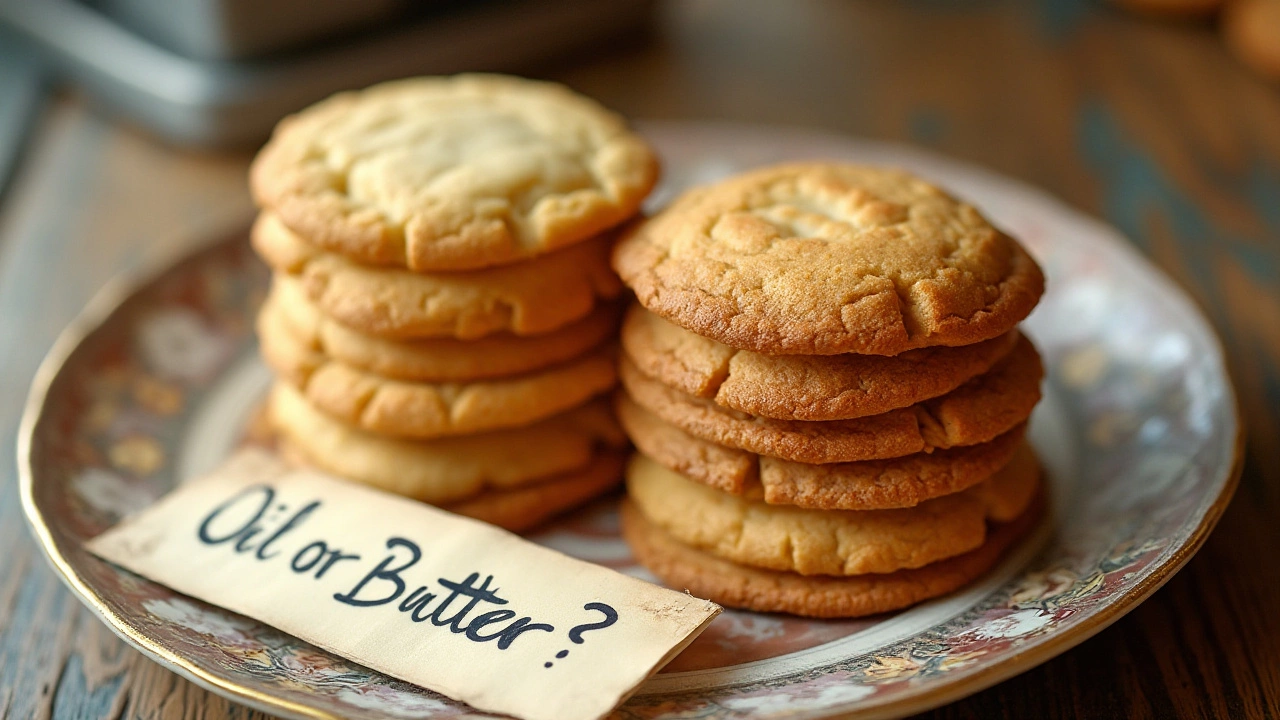
Oil: The Modern Choice
As kitchens evolve and the preferences of home bakers shift, oil has found its place among the ingredients of modern homemade cookies. Unlike butter, which opens up with a robust flavor of its own, oil presents a more neutral backdrop for other ingredients to shine through. This neutrality allows bakers to highlight other flavors such as vanilla, chocolate, or spices without interference, creating a blank canvas for innovation and experimentation.
One particular advantage that oil holds is its contribution to the texture of cookies. Oil tends to make baked goods softer and moister compared to butter. This is because oil is 100% fat, while butter contains about 15-20% water. Without that excess water, cookie recipes with oil can achieve a consistent and pliable dough that spreads easily during baking, often resulting in a chewier final product.
The choice of oil can have various impacts on your cookies. Vegetable oil is often a go-to for its mild taste and cost-effectiveness, but the adventurous baker might consider options like coconut oil or olive oil for a more distinct, aromatic profile. Coconut oil can subtly elevate the flavor with a hint of tropics, while olive oil can impart a unique, fruity undertone. Each adds a layer of complexity and can adapt your cookies to different culinary contexts. According to baking expert Dorie Greenspan, "Experimenting with oils in your baking not only unlocks new flavors, but also opens up possibilities for those with dietary considerations."
The health-conscious might lean towards oil as a more heart-healthy choice. Unsaturated fats found in oils like canola and sunflower can form part of a balanced diet. Of course, quantity and moderation remain key, as the calorie content of oil and butter are quite similar. Still, the ease of measuring and mixing oil due to its liquid state can simplify the baking process, cutting down on preparation time for those who seek efficiency without sacrificing taste.
Given these properties, it's not uncommon for bakers to whip up batches of cookies using a combination of oil and butter. This method takes advantage of the desirable traits of both fats – the luscious taste of butter and the soft texture provided by oil. When thinking of baking ingredients, don't hesitate to tweak and test your proportions until you find the perfect blend. Remember that baking is both a science and an art; while structure might be driven by measurements, creativity has no bounds.
Tips for Baking with Butter or Oil
When embarking on a baking adventure, choosing between butter and oil is a decision that can dramatically influence your homemade cookies. Each ingredient holds secrets that can unlock the perfect texture and flavor, and understanding these can propel your cookies from usual to extraordinary. For starters, butter, which is roughly 80% fat, introduces a wealth of flavor to your cookies, thanks to its milk solids and water content. This composition is what contributes to cookies spreading beautifully during baking, creating a slightly crispy edge that many find irresistible. On the other hand, if you're aiming for cookies that are chewy and hold their shape, oil is a fantastic alternative. While it lacks the water content of butter, it provides an even distribution of fat, which results in softness without compromising stability.
Experimenting with flavors could be another delightful twist in your cookie-making journey. Butter pairs well with flavors that benefit from being highlighted, like chocolate or caramel. This union emphasizes their inherent richness. Alternatively, the neutral taste of oil serves as a blank canvas, perfect for experimenting with spices or citrus zest, allowing those flavors to shine without interference. Coconut oil, for example, infuses a hint of the tropics into the cookies, while olive oil can add a subtle earthiness. Imagine creating an olive oil and rosemary cookie or a coconut oil and lime treat – the possibilities are tantalizing.
"Baking is as much about chemistry as it is the art itself," says Sally Owen, a renowned pastry chef. "The way butter and oil interact with flour and sugar will redefine what you thought a cookie could be."
Achieving the right consistency in your dough is another point to consider. While butter should be brought to room temperature for easy creaming with sugar, oil can be incorporated directly, saving time but also requiring a different mixing approach. When using oil, particularly liquid oils, think about mixing sugar and eggs first to aerate properly before integrating the dry ingredients. This helps in maintaining a uniform texture throughout your cookie. Also, consider the baking technique. For butter-based cookies, chilling the dough before baking can prevent excessive spreading and helps develop deeper flavors. Conversely, cookies made with oil typically don't require resting and can go straight into the oven, making them a quicker option for those spontaneous sweet cravings.
Let’s not forget about dietary and health aspects. Butter is high in saturated fats and can elevate the richness of the cookies, which is a hit for many dessert aficionados. Yet, the use of oil opens up avenues for those seeking to cut down on dairy or opt for unsaturated fats associated with heart health benefits. This switch doesn't just accommodate dietary preferences but can also expand your audience, making your cookies a hit at gatherings where dietary diversities are considered. Lastly, consider storage and shelf-life. Cookies baked with oil can retain moisture longer than those with butter, making them an excellent choice for baking ahead. This trait is especially beneficial if you plan to bake in bulk or wish to send delightful batches across distances to friends and family.
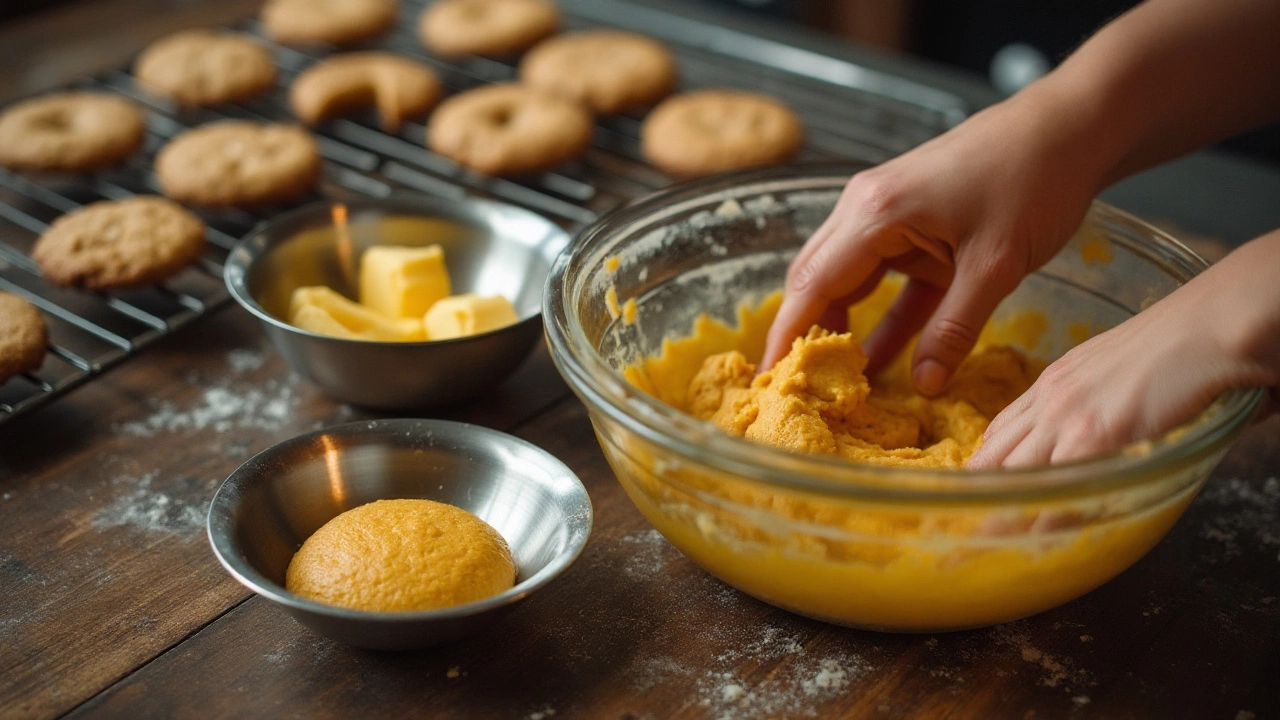
Deciding Which Fat to Use for Your Cookies
When it comes down to the decision of choosing between butter or oil for your homemade cookies, it's much like choosing between two wonderful but different instruments responsible for creating a delightful melody in your kitchen. Each brings a distinctive touch to your cookie dough, influencing flavor, texture, and even the nutritional profile of your baked goods. Butter, often regarded as the hallmark of traditional cookie recipes, is celebrated for imparting rich, creamy flavors that resonate with nostalgia. It works wonders in cookies when you want them to be crisp around the edges and just the right amount of chewy in the center.
On the other hand, oil, especially vegetable or canola oil, has its champions among bakers seeking a softer, moister outcome. It has the advantage of being liquid at room temperature, which contributes to a denser crumb and can extend the longevity of the cookies by keeping them hydrated longer. It’s also a go-to choice for those requesting dairy-free dessert options, offering versatility while being less expensive than high-quality butter.
"The type of fat used can fundamentally alter not just the texture, but also the flavor, making the choice between butter and oil a crucial one," suggests Jessica Gavin, a culinary scientist, known for her expertise in exploring traditional recipes with modern twists.
There are several aspects to consider when making the choice for your cookie recipes. If you're leaning towards homemade cookies with flavor depth, consider that butter's milk solids contribute to browning through the Maillard reaction, offering that perfect golden hue and intense flavor notes. Whereas, oil might be more suitable for those flavor palettes that support the essence of infused ingredients such as vanilla or almond extracts, as it tends not to overpower.
Another point to ponder is the cookie’s structure. While butter allows for cookies that spread out on the baking sheet, creating a thinner and crispier profile, oil encourages more lift. This may lend itself well to recipes like chewy chocolate chip cookies or those using oat-based doughs. That said, a clever combination of these two can sometimes achieve a harmonious balance, capturing the best of both worlds.
As preferences vary greatly, try experimenting with small batches by substituting a portion of butter with oil and vice versa. This will allow you to adjust and find that delightful sweet spot that caters to your unique taste and texture expectations. Whether it’s the robust taste of butter or the smooth texture brought by oil, your cookie recipes can tell a story through the choices you make.




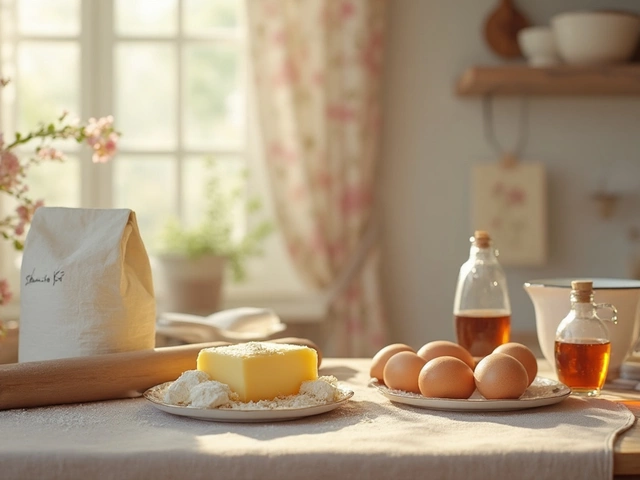
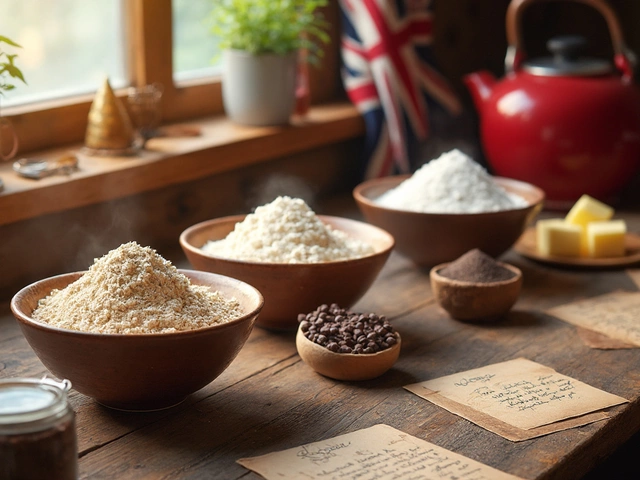




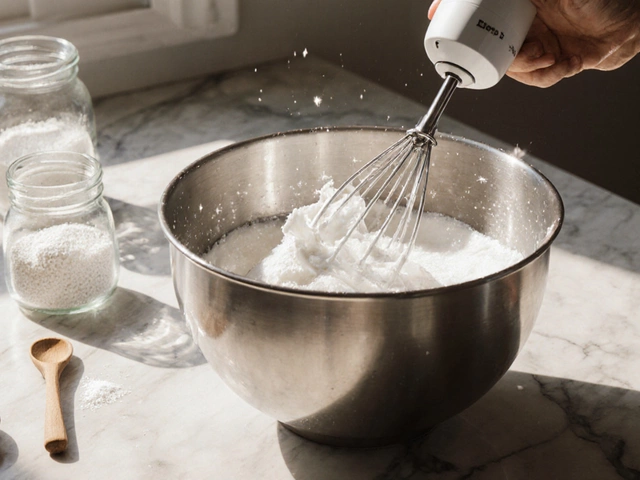
Write a comment